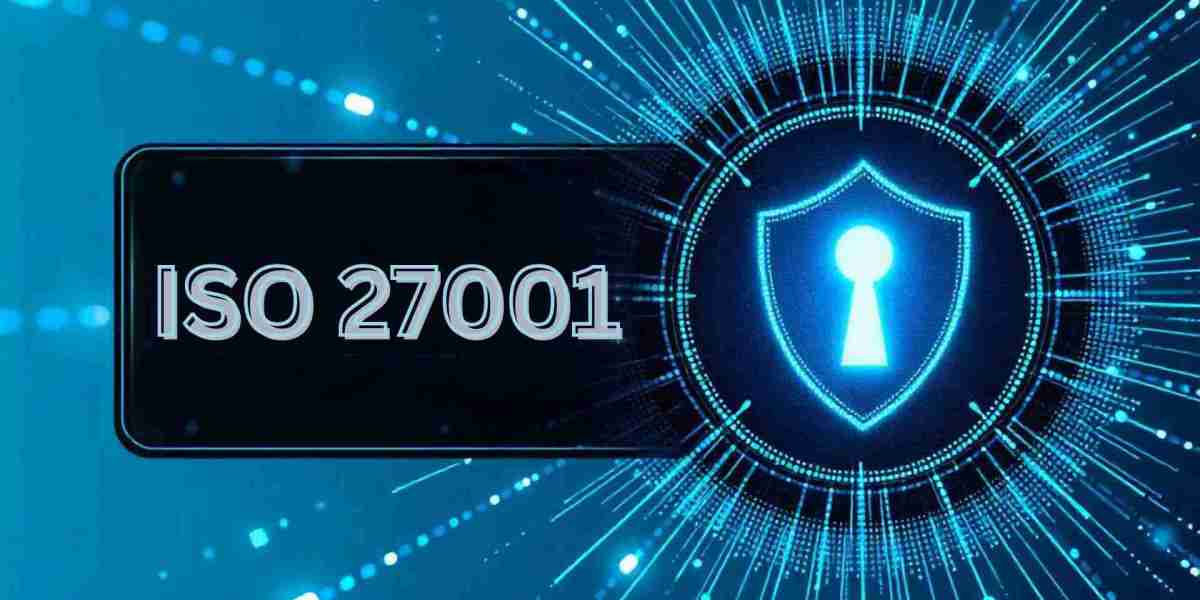Introduction
ISO 27001 is an internationally recognized standard for information security management systems (ISMS). Organizations looking to achieve or maintain ISO 27001 certification must ensure that their staff are appropriately trained and understand their responsibilities regarding information security. Training for ISO 27001 is not just about compliance—it’s about cultivating a culture of security awareness and resilience. This article explores the key components of ISO 27001 training, including awareness, role-based learning, implementation training, and ongoing development.
Understanding ISO 27001 and Security Awareness
At the foundation of any ISO 27001 training program is general awareness. Employees at all levels need to understand what ISO 27001 is, why it matters, and how it applies to their work. Security awareness training focuses on the basics of information security, including understanding threats like phishing, social engineering, and data breaches. This level of training ensures that everyone within the organization becomes a participant in safeguarding sensitive information, thereby reducing the risk of human error—the most common cause of security incidents.
Role-Based Training and Responsibilities
Not all ISO 27001 training is created equal. Different roles within an organization have different responsibilities, and training should be tailored accordingly. For example, IT personnel require technical training on securing systems, monitoring networks, and managing access controls. Department heads may need training on risk management, compliance obligations, and incident response planning. Role-based training ensures that individuals not only understand general information security principles but also how to apply ISO 27001 controls specific to their job functions.
ISO 27001 Implementation Training
For professionals directly involved in implementing and maintaining the ISMS, a deeper level of training is essential. This includes instruction on the ISO 27001 clauses and Annex A controls, risk assessment methodologies, internal audits, documentation requirements, and continual improvement processes. Such training is often delivered through certified courses and workshops led by experienced trainers. Implementation training is critical for organizations preparing for certification or seeking to improve their existing ISMS.
Continuous Improvement and Ongoing Training
ISO 27001 is not a one-time exercise. The standard emphasizes continual improvement, which means training must be an ongoing process. Regular refresher courses, updates on new threats, and lessons learned from security incidents help ensure that knowledge remains current and relevant. Additionally, conducting mock audits and tabletop exercises reinforces skills and prepares teams for real-world scenarios.
Conclusion
Training is a cornerstone of successful pelatihan iso 27001 implementation and maintenance. From raising general awareness to building specialized expertise, a comprehensive training strategy ensures that employees understand their roles in protecting information. By investing in structured and continuous training, organizations not only comply with ISO 27001 requirements but also strengthen their overall security posture.



